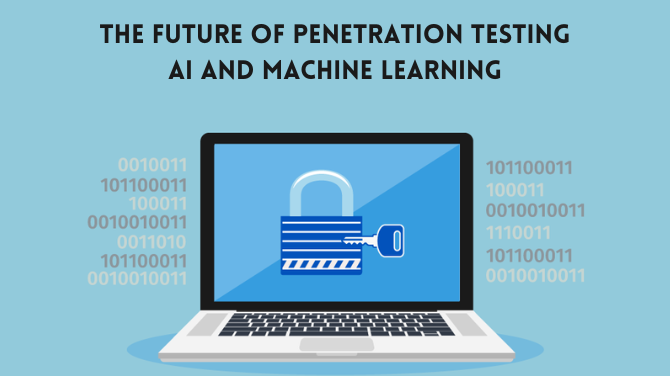In today's ever-evolving cybersecurity landscape, where digital threats continually evolve, the tools and tactics employed by both cybersecurity professionals and malicious actors are in a constant state of adaptation. One of the most notable advancements reshaping the field of penetration testing, which involves assessing the security of computer systems, is the integration of Artificial Intelligence (AI) and Machine Learning (ML). These transformative technologies are ushering in a new era of penetration testing, offering the promise of increased efficiency and effectiveness, but not without some unique challenges.
AI and ML represent the cutting edge of technological progress. AI encompasses the development of computer systems capable of performing tasks that typically require human intelligence, like problem-solving and decision-making. Within this realm, ML, a subset of AI, focuses on crafting algorithms that enable computers to learn and improve from experience. Together, AI and ML are poised to revolutionize penetration testing in several crucial ways.
First and foremost, AI and ML bring the power of automation to penetration testing. Traditional methods often involve manual tasks that can be time-consuming and labor-intensive. With AI and ML, various tasks within the testing process, such as identifying vulnerabilities and assessing their severity, can be automated. This automation allows cybersecurity professionals to concentrate on more intricate aspects of security assessment.
Another area where AI and ML excel is in the analysis of extensive datasets. These technologies possess the capacity to process massive volumes of data, including network traffic and user behavior. By learning from historical data, ML algorithms can spot subtle deviations that might elude traditional security systems. This predictive analytics approach empowers organizations to proactively address vulnerabilities before they become exploitable weaknesses.
AI and ML also have a role to play in reducing false positives. Conventional security tools sometimes generate a significant number of false alarms, overwhelming security teams and leading to alert fatigue. AI and ML algorithms, equipped with an understanding of normal network behavior, can significantly decrease false positives. This allows cybersecurity professionals to focus their attention on genuine threats.
Furthermore, AI and ML are well-suited for threat hunting. These technologies are adept at sifting through extensive datasets to unearth concealed threats lurking within a network. By continually monitoring and analyzing network activity, AI and ML can detect indicators of compromise that might otherwise go unnoticed.
The concept of adaptive security is on the horizon, made possible by AI. Security systems driven by AI can adapt in real-time to emerging threats. ML algorithms can dynamically adjust security measures in response to evolving attack patterns and tactics, providing a fluid defense against cyber threats.
However, it's essential to acknowledge the challenges that arise with the integration of AI and ML into penetration testing. Adversarial AI is a legitimate concern; cybercriminals may harness AI to enhance their attacks, leading to an ongoing cat-and-mouse game between attackers and defenders. Data privacy also looms as a critical consideration, as implementing AI and ML in cybersecurity often involves accessing and analyzing substantial datasets, raising questions about data security and privacy.
Furthermore, the effective use of AI and ML in penetration testing necessitates a skilled workforce with expertise in both cybersecurity and data science. Building and nurturing this unique skill set will be pivotal for organizations looking to harness the full potential of these technologies.
In conclusion, AI and ML are poised to redefine the landscape of penetration testing. These technologies offer automation, heightened detection accuracy, predictive analytics, and adaptive security capabilities that hold the promise of fortifying our digital world. However, their implementation demands careful consideration, recognizing both their capabilities and limitations in the ongoing endeavor to safeguard digital assets and sensitive information. As we move forward, the fusion of human expertise with machine intelligence will be pivotal in maintaining a resilient cybersecurity posture.









